Search Images
Browse Content (p. 1502)
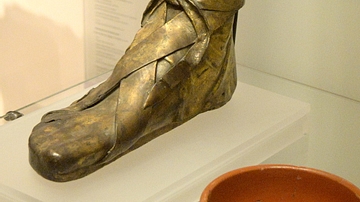
Image
Leg from a Large Roman Statue from Milsington
Under Roman occupation, Scotland was an unwilling part of a huge empire whose system and ways were entirely alien to its native people. The price of resistance was slavery or death, crushed beneath the imperial foot; this is a leg from a...
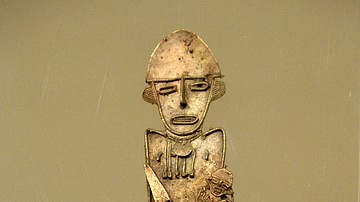
Image
Tunjo, Female & Child Figure from Colombia
A female figurine holding a small child on her chest and a dagger in her right hand. A material of religious significance, the flat gold figures (or Tunjos), were votive offerings left in caves or lakes. They were rarely found inside tombs...
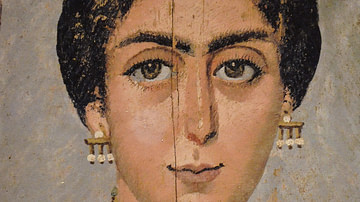
Image
Mummy Portrait of a Woman Wearing a Medusa Necklace
Mummy portrait of a woman wearing a gold necklace, a Medusa pendant, and golden ear-pendants with pearls, Roman Egypt, 161-192 CE.
Kunsthistorisches Museum Vienna, Austria.
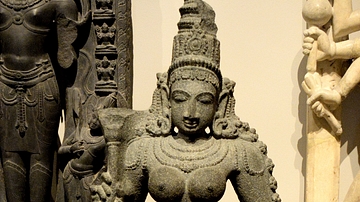
Image
Parvati
Parvati, the goddess of love, fertility, and devotion, is the mother goddess in Hinduism. Together with Lakshmi (goddess of prosperity and wealth) and Saraswati (goddess of learning and knowledge), they form the trinity of Hindu goddesses...
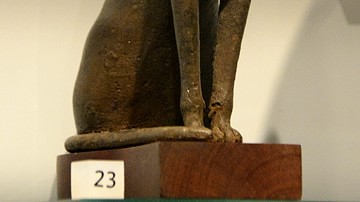
Image
Bronze Cat from Egypt
Hollow-cast bronze cat, probably a votive offering to the goddess Bastet, from Tell Basta, Egypt, c. 664-30 BCE.
National Museum of Scotland, Edinburgh.
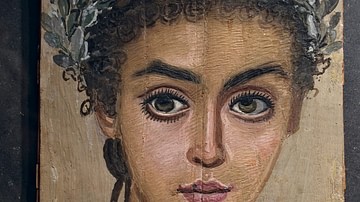
Image
Mummy Portrait of a Girl
Mummy portrait of a girl, wax encaustic painting on sycamore wood, Roman Egypt, 120-150 CE.
Liebieghaus, Frankfurt am Main.
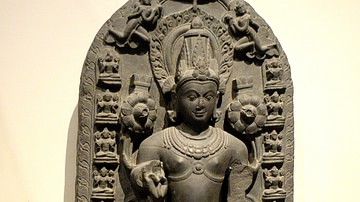
Image
Surya Stele
Surya (the supreme light) was the chief solar deity in Hinduism; he also represents the Sun in India and Nepal. He is one of the core elements of Hindu astrology; Surya was the chief of Navagraha and the Classical Planets. He had 3 wives...
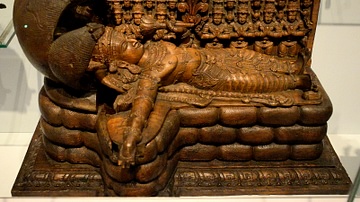
Image
Vishnu & Ananta
Snakes (nagas) can often be seen in Hindu art; they are demi-gods who represent water or the earth. Here, Vishnu sleeps on the coils of Ananta, the World Snake. He will awaken for the next cycle of creation which heralds the destruction of...
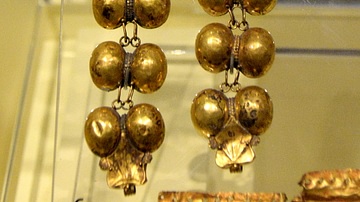
Image
Gold Bracelet from Pompeii
This marvelous pair of golden bracelets were probably found at Pompeii, Italy. Roman, 1st century CE. (National Museum of Scotland, Edinburgh, UK)
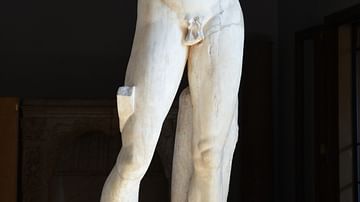
Image
The Vatican Apoxyomenos (Scraper)
The Vatican Apoxyomenos (Scraper), Roman copy of the 1st century CE after a Greek bronze original by Lysippos ca. 330 BCE (Vatican Museums, Rome).